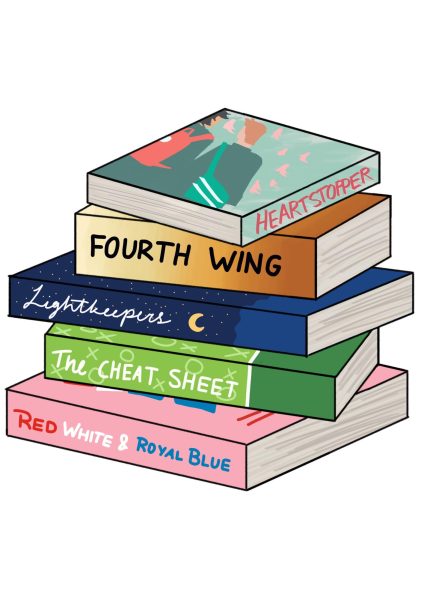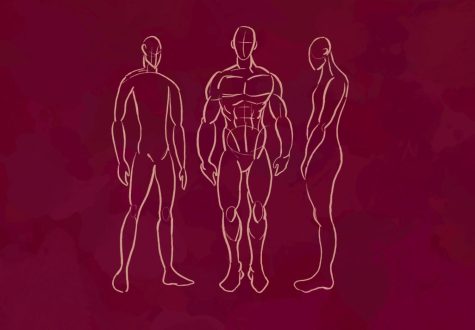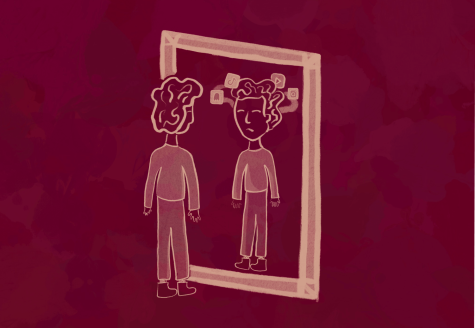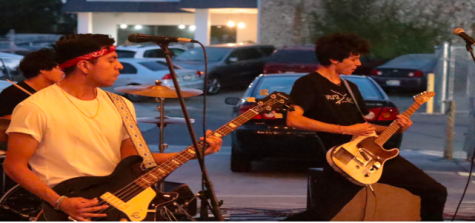The Downfall of Marvel Studios
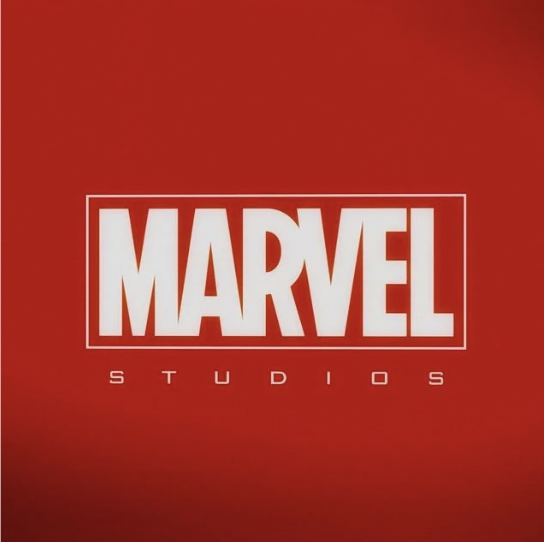
graphic courtesy of creative commons license
Not so long ago, everything was all well and dandy for the MCU. Four years prior, “Avengers: Infinity War” was in theaters, and along with the nationwide anticipation for its sequel, Marvel Studios was at its peak. But the release of Disney+and the start of Marvel Studios’ Phase Four is where things seemed to travel downhill.
One aspect of the first three phases that made the earlier movies more enjoyable was that the plot and the introductions of certain characters were created to serve the finale. Even if you hated Captain Marvel (or the movie itself), you have to admit she played a key role in defeating Thanos. This concept holds true for most of the characters in the MCU. Another favorable aspect of Marvel’s previous phases is their consistent pacing. Marvel Studios was churning out roughly two films a year, keeping fans coming back to theaters. If you missed a couple, there was little to no trouble understanding and enjoying “Avengers: Endgame.” Additionally, the pacing of the storyline itself made the series easy to watch. Every new introduction moved the story forward a significant amount, rarely leaving the audience waiting around for action to occur.
But what went wrong? Once upon a time, Disney asked Kevin Feige, president of Marvel Studios, to make more content for their brand new streaming platform, Disney +. Thus, the Marvel Studios 6 episode series was born. Each show focused on one or two characters from the MCU, including the familiar Scarlet Witch and Loki, as well as new heroes like MoonKnight and Ms Marvel. The problem? From the start, the organization of the stories and film concepts was dictated by the business model, not the finale, making for major structural issues in their storytelling. Additionally, each show about a new character covers their entire origin in six episodes, often with an engaging beginning but a confusing, subpar ending. With several shows focused on one person’s story, it feels as though the MCU has come to a standstill. Plus (pun intended), there is one glaring problem: all these new shows are locked behind a paywall. If you do not have Disney+, essential details within the cinematic universe are missed, creating confusion when those references appear in movies.
The issue of poor representation in movies is nothing new, but Marvel Studios has just begun grappling with the issue of forced diversity. For example: A recent Disney+ Marvel show centers on Kamala Khan, better known as Ms. Marvel, who is a Muslim-American teenage girl. The opening lines of the show’s synopsis on Disney+ begins with words similar to these, portraying Kamala’s entire identity as her religion. For the general public, characters like Kamala feel like flimsy self-inserts for the group they are meant to represent. If you are not a Muslim or South Asian, you will not enjoy all the moments the show stresses about Kamala’s heritage. A great counter to this type of characterization is Miles Morales from “Spiderman Into the Spiderverse,” by Sony Productions. We see Miles’ passion for art, his African American father and Puerto Rican mother, and in the first two minutes of the movie we learn so much about him with none of it spelled out for us. Miles is not just a shallow attempt to diversify; he is his own person and is still undeniably Spiderman. With this huge contrast in character building, we can assume that the end goal of Marvel’s abrupt string of “diverse” characters is to expand their audience and payback, not necessarily to do justice to the group they represent.
At the end of the day, Marvel studios is just another movie-making monopoly with money on their mind. They still make a ludicrous amount of money, regardless of their media quality. Perhaps their marketing strategy is to make terrible shows and movies to encourage criticism and maintain relevance on the internet. But once you get past the slow pacing, awkward storytelling, and the eight dollar monthly Disney+ subscription, Marvel Studios’ Phase four still has the potential to grow into something worthy of a full theater.



